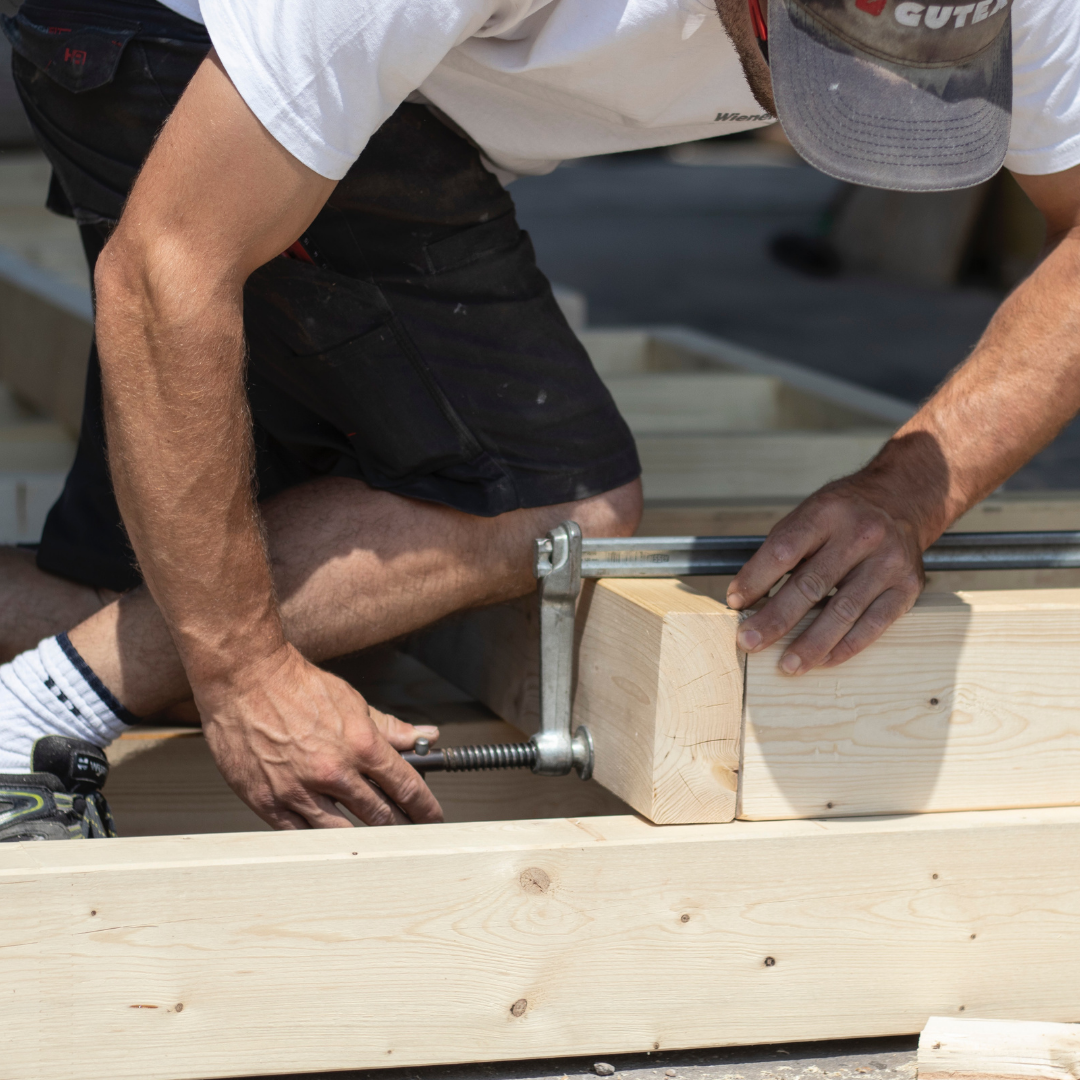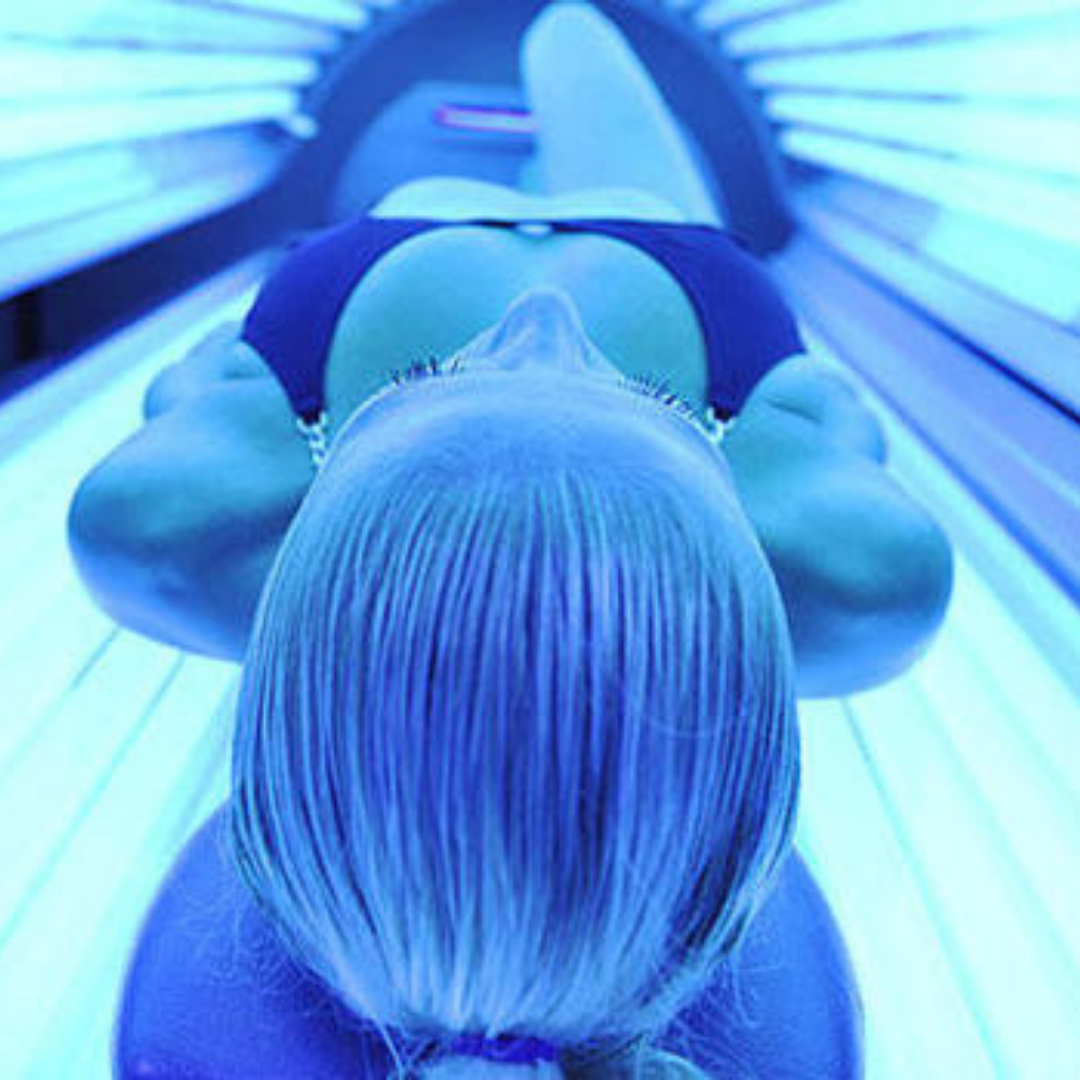Now that we have said goodbye to autumn and winter has started. The days can be bitterly cold and windy, with an added problem of rain, snow or ice. Working outside during winter is extremely challenging, so it is important to put measures in place that will ensure you stay safe and warm during this period. This way you can continue to be productive at work despite the many challenges that winter weather brings.
Here are 3 tips to help you stay safe and warm during the winter months:
Invest In Some Specialist Winter Work Wear
To avoid conditions such as frostbite or hypothermia, it is essential that you invest in some specialist winter work wear. The best option to keep warm is to go for 3 loose-fitting layers rather than one or two bulky items. The loose layers help retain heat better and if you get too hot, you can take off some layers to stay comfortable. Your clothes should be both waterproof and thermal, for the first layer try to find fabric that wicks away sweat from your skin and dries quickly, avoid fabrics like cotton and look for wool or synthetic based clothing instead.
Good old fashion long Johns can be a tradesman’s best friend in the winter, so invest in some. Proper gloves are very important as you will often be handling very cold equipment and materials, such as metal. Your gloves should be light enough to allow you to work, but should still offer excellent protection from the elements. About 30- 50% of body heat is lost via the head, so don’t forget your hat. Find a thermal liner for your hard hat, including a balaclava and scarf for your face and neck.
The weather can lead to some hazardous conditions on site, making it easier to slip and fall. Having the right footwear for winter weather can go a long way in preventing such accidents, so too will a bit of extra care when walking around on site.
Eat A Healthy Diet
More than ever it is important to eat a healthy diet, with plenty of fresh fruits and vegetables during the winter months, so as to provide you with the nutrients your body needs to boost your immune system and so protect you from catching a cold or worse, the flu. Make sure to invest in a Thermos flask, so you can always have a hot slightly sweet drink with you such as tea or hot chocolate to warm up your system. It is important to stay hydrated as the cold weather can dehydrate you quickly, so too can alcohol and caffeine.
Take Frequent Breaks From Working Outside
Take frequent breaks from working outside to go indoors so you can warm up and dry off. Learn to be vigilant for the signs of hypothermia, such as uncontrollable shivering and slurred speech, and if you or any of your colleagues have these symptoms, get help immediately. If at all possible, try to do outdoor work during the day when it is light, and indoor work in the mornings and evenings when there isn’t much light outdoors.
Since there is little you can do to control the weather, if you have to work outdoors in winter, the only option is to be adequately prepared.
By following a few simple steps, you can stay safe and warm while on site throughout the winter period. On days when the weather is really bad, just take a break, it is better to be safe than sorry. Use the time to work on other areas of your business, such as your marketing, finance or any administrative tasks you have been putting off doing.








